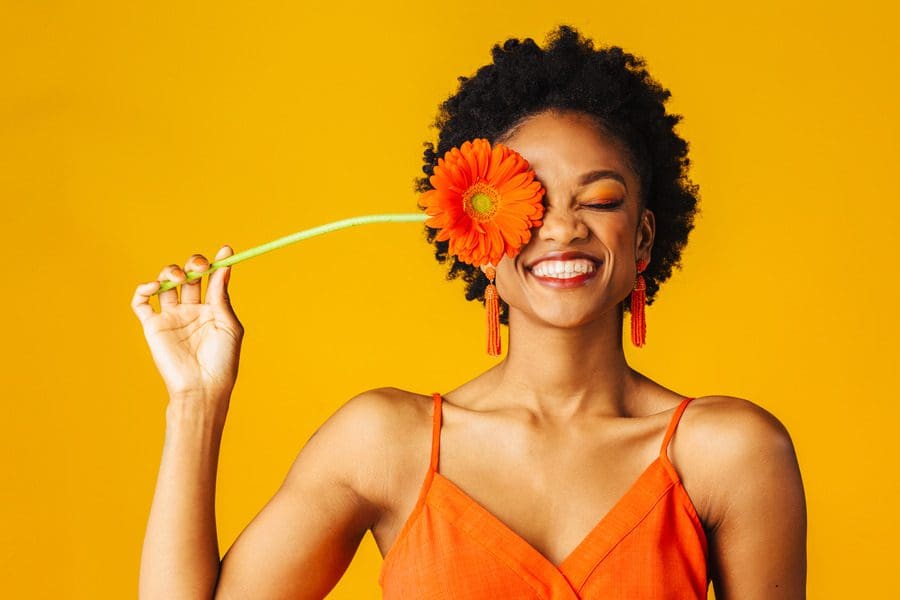At first glance, you may think colors are just descriptors. However, studies show that people are affected by colors at home, at work, and by what they wear. This is where color psychology comes in. While colors are subjective, many colors have universal meaning or importance. Let’s dig a little deeper into the psychological effects of color.
Color Psychology
Color psychology is the study of how colors impact human behavior. Each color has its own meanings, definitions, and psychological effects that vary across different cultures. Essentially, color psychology applies color theory, a set of rules and guidelines used to pick colors on the color wheel, to explore color perception and color combinations.
Origins of Color Psychology
In the 17th century, Sir Isaac Newton discovered the color spectrum. He explored how each color is defined by different wavelengths of light, which led him to develop the color wheel. In the early 20th century, psychiatrist Carl Jung developed color therapy, allowing his patients to communicate emotions through color and images. Today, color psychology is often used by marketers and advertisers.
Examples of Color Psychology
There are many feelings, symbols, and beliefs associated with each color. Some examples are:
- Black: Mysteriousness, cold
- Red: Passion, love
- Orange: Warmth, joy
- Green: Nature, freshness
- Purple: Nobility, glamour
- Blue: Hope, peace
Based on the meanings listed above, the following are examples of color psychology:
- Blue: Dark blue represents power and strength, whereas light blue is generally associated with peace and calm.
- Green: Because green is associated with nature, it has a calming effect, along with other cool colors.
- Orange: Orange is associated with joy and playfulness (as is yellow). It can express energy, enthusiasm, and other positive emotions.
- Red: Red can increase your heart rate and blood pressure. Marketing and advertising companies often use red to depict urgency.
Color Psychology in Marketing and Advertising
As mentioned, many businesses use color psychology in their marketing campaigns. They meticulously select color palettes that embody their brand, not just for their logo but also for products, establishments, and websites, to define their identity and make customers feel a certain way in their stores. Interior designers also use color psychology to produce a desired ambiance or atmosphere.
Have you noticed how color affects you? Share your experiences with us in the comments below.






